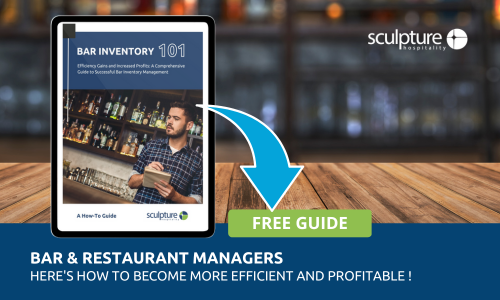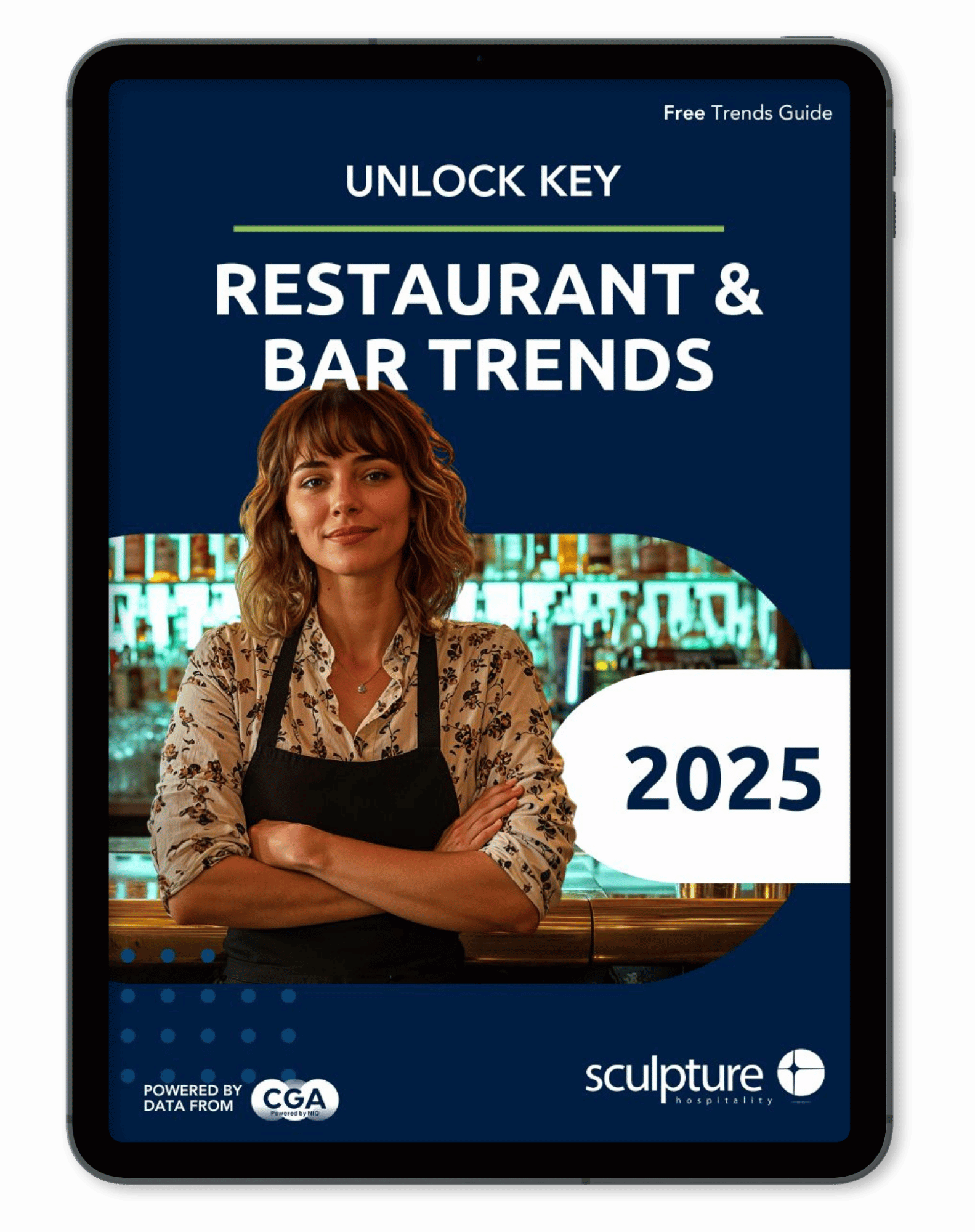The last call has been rung, the final drinks have been poured, and your bar is filled with the murmur of departing patrons. But hold on there, partner! Closing time doesn't mean you down shutters and head straight out the door (although, tempting, right?).
A smooth bar shutdown is just as important as a killer happy hour. Why? Because a well-oiled closing routine is your secret weapon against lost profits, inventory gremlins, and that nagging feeling that you forgot something crucial.
For bar owners and managers, a streamlined closing routine is essential for efficiency and profitability. It minimizes the risk of theft, ensures food safety, and prevents costly inventory discrepancies.
So, grab a pen (or your phone's note-taking app), because we're about to break down 10 key closing procedures that you should follow every night that you close your bar.
Procedure #1: Cash Out and Count Up Your Coins
First things first: the money! Assign your most responsible bartender, or your bar manager, with the job of counting the cash draw. It’s important to have a clear system for separating bills and coins, and to double check the total against your point-of-sale (POS) system.
Once counted, that cash needs to be deposited securely or locked away in a safe, depending on how your business operates.
Procedure #2: Address Leftover Alcohol and Perishables
Establish a clear policy for handling partially used bottles of liquor and perishable stock. This might involve storing them in a secure location for reuse the next day, while perishables will need to be disposed of properly before you shut your doors.
Procedure #3: Conduct an Inventory Check
A full-on inventory count every night might be a bit much (we get it, you're tired), but a quick check of your key liquor bottles and high-volume items is a game-changer. This helps you spot any discrepancies that might point to inventory loss, dead stock or misplaced bottles (hey, it happens!).
Plus, it keeps your inventory management system nice and accurate, which is like money in the bank. Don't forget to compare your physical check with your POS system data – any inconsistencies there could be a red flag. Using a bar inventory management system that integrates with your POS, and other technologies, will make this process seamless.
A complete inventory count is best performed once a week, at a consistent time and day. Not sure where to start with your inventory? Check out our Bar Inventory 101 Guide on everything you need to know to get started.
Procedure #4: Clean Up Crew, Assemble
Time to banish the night's remnants and get your bar sparkling for the next shift. This means wiping down the bar counter, back bar, and service areas with some good cleaning solutions, and putting any glassware and utensils into the dishwasher. Don't forget to sanitize everything – germs are no fun for anyone, especially not your future customers.
Ice bins and draft beer systems deserve some special attention too – follow the proper cleaning protocols to keep things fresh and contamination-free. And lastly, mop those floors and tidy up the restrooms. A clean bar is a happy bar (and a happy health inspector, which is always a bonus)
Procedure #5: Restocking for Your Next Big Day
Think of this as prepping for battle – the battle against thirsty patrons, that is. Empty and clean your ice bins, get those lemon and lime wedges prepped, and make sure all your liquor bottles, syrups, and other bar essentials are ready to roll for opening time. Depending on your bar procedures, you can either do this in your closing checklist, or you can include it in your opening one.
Procedure #6: Lock Your Bar Up Tight
Security is key. Double-check all doors, windows, and security measures to make sure your bar is sealed tighter than a drum before you head out. Do a final walk-through to identify any potential hazards, turn off lights and electronics, and make sure everything is in tip-top shape for the evening.
Procedure #7: Close Out Your POS System
Time to say goodbye to the day's sales. Close out your POS system, ensuring all transactions are recorded and finalized. While you're at it, take a peek at the data – what were your top sellers? How much revenue did you pull in? These insights can be gold for making future decisions about your bar and what keeps those customers coming back for more.
Interested in learning more about the importance of KPIs? Check out our blog, Bar and Restaurant Management: Why Data is Crucial to Success.
Procedure #8: Staff Stuff: Tips and Payroll
Now, depending on your setup, you might need to handle some staff-related tasks. If you have bartenders or servers who collect tips, make sure they follow your established policy for collecting and distributing them fairly. And if you process payroll in-house, use this time to finalize timesheets.
Procedure #9: Debrief and Conquer
An optional but highly recommended step: a quick team huddle before everyone heads out. This is a chance to discuss the night's events, identify any areas for improvement, and address any outstanding issues. Maybe someone forgot to replace the bar mats, or there was a weird spill that needed extra attention. A quick chat can iron out any wrinkles and ensure a smooth start the next day.
Lastly, delegate some pre-opening tasks if possible. This could be anything from preparing garnishes to setting up coffee for the morning crew. Taking a little time off your plate in the morning makes a big difference, trust us.
Procedure #10: Document These Steps!
Here's the not-so-glamorous but super-important part: documentation. Having a clear, well-written closing checklist is your secret weapon for success. It should outline each step of the closing procedure and who is responsible for each task.
This keeps things consistent and avoids any confusion amongst your team (because nobody wants to be stuck cleaning the restrooms when they thought someone else was on it).
Remember, a well-executed closing routine isn't just about locking the door – it's about setting your bar up for success the next day. Need any further help ensuring your bar inventory procedures are in place to maximize profitability and enhance your bar management? Contact the Sculpture Hospitality team today.











